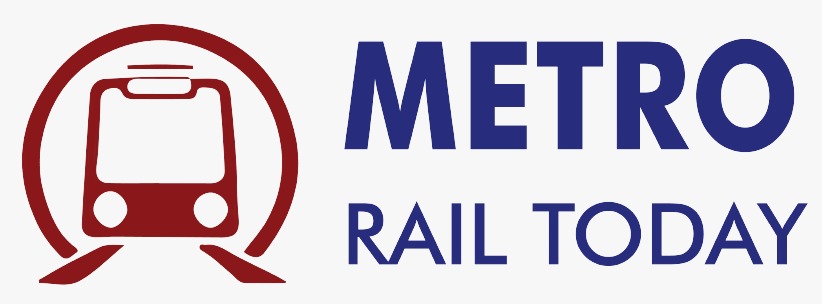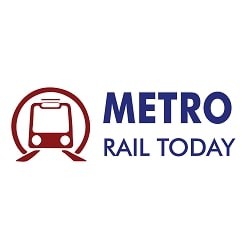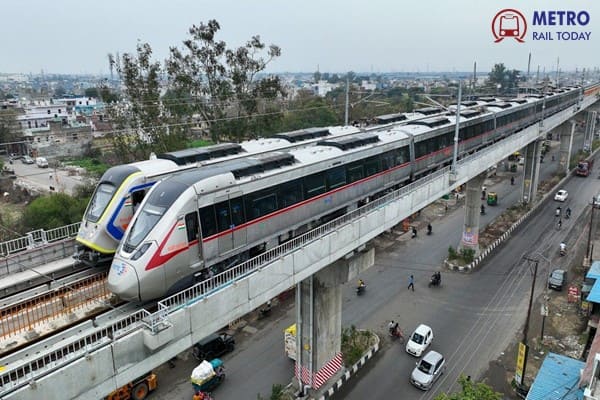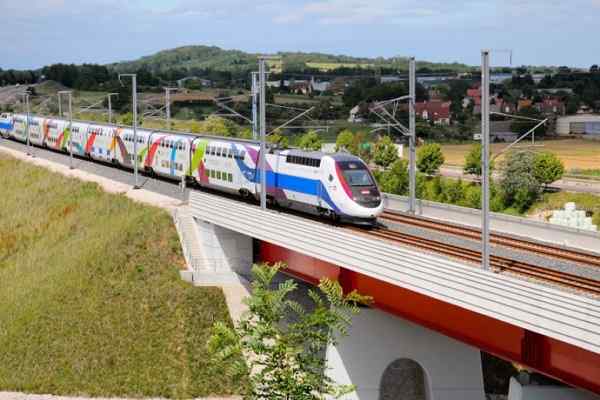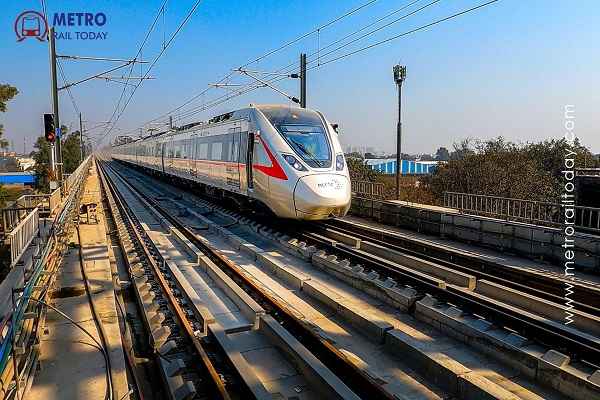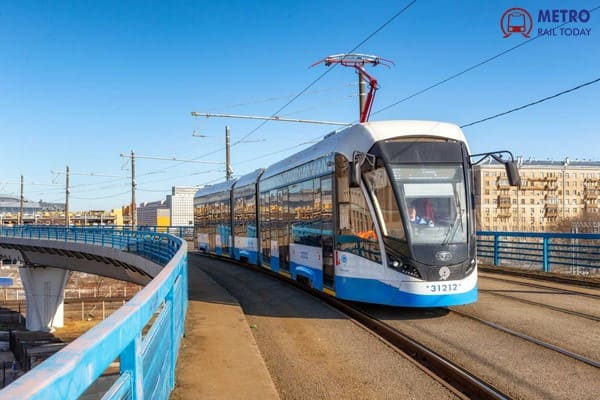 UN blacklists Spanish Trainmaker CAF over activities in Occupied Palestinian Territories
UN blacklists Spanish Trainmaker CAF over activities in Occupied Palestinian Territories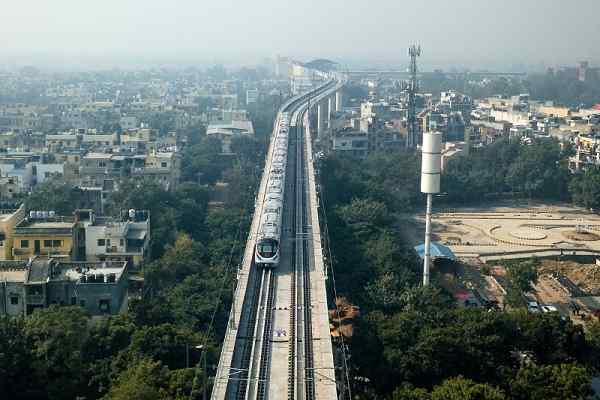 Prayagraj to get full-fledged Metro System, replacing the Metrolite Plan
Prayagraj to get full-fledged Metro System, replacing the Metrolite Plan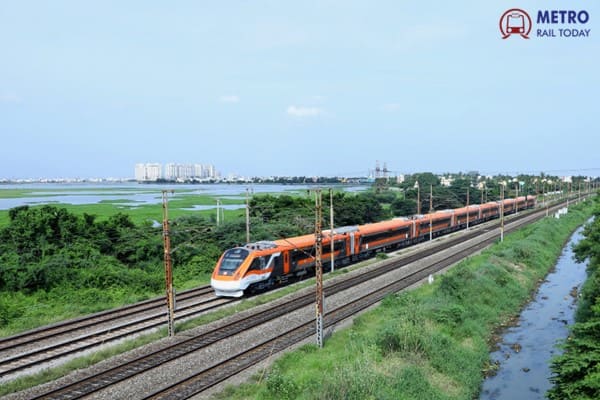 Sensonic & Skylark Drones Join Hands to Revolutionize Rail Infrastructure Monitoring
Sensonic & Skylark Drones Join Hands to Revolutionize Rail Infrastructure Monitoring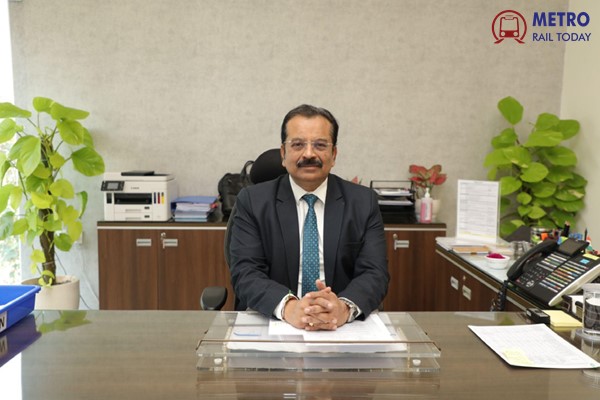 Namo Bharat: Driving India’s Transit Revolution with Sustainability and Seamless Connectivity
Namo Bharat: Driving India’s Transit Revolution with Sustainability and Seamless Connectivity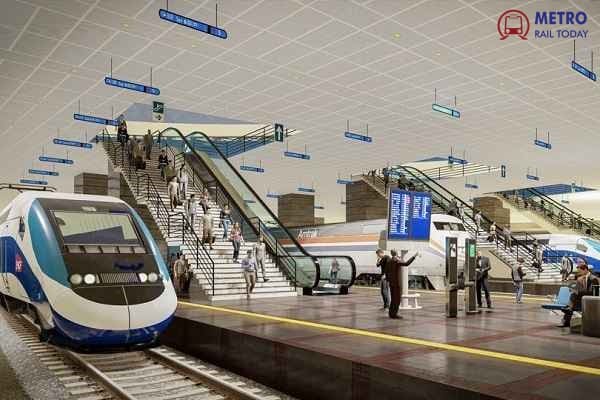 RVNL - The Silent Engine Driving India’s Rail Infrastructure Boom
RVNL - The Silent Engine Driving India’s Rail Infrastructure Boom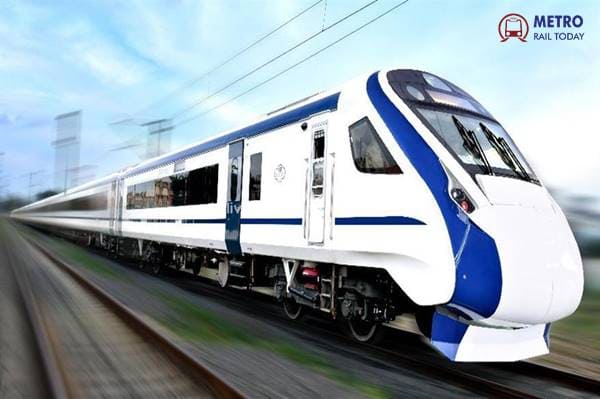 India to introduce 800 Vande Bharat Trains to redefine the future of Indian Railways by 2030
India to introduce 800 Vande Bharat Trains to redefine the future of Indian Railways by 2030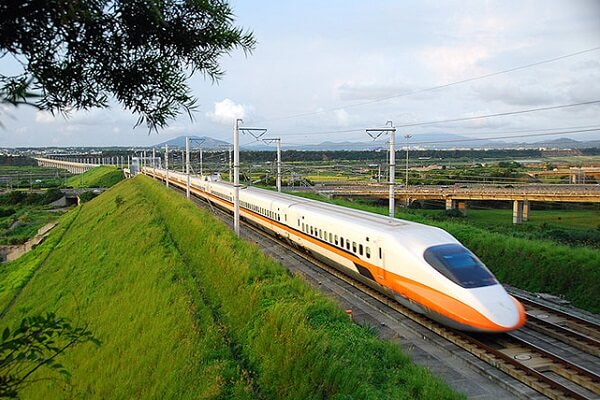 Indian Railways to develop 7,000 km of dedicated Passenger Corridors by 2047
Indian Railways to develop 7,000 km of dedicated Passenger Corridors by 2047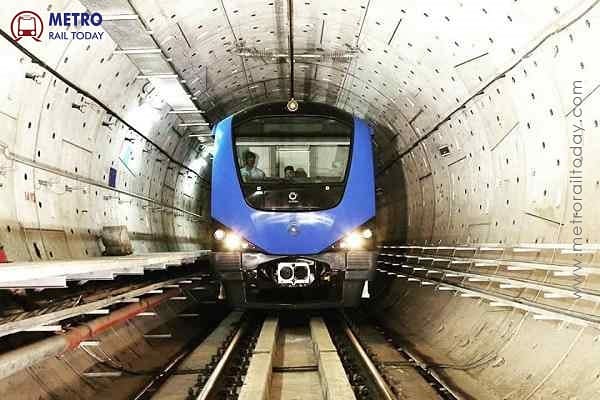 CMRL completes longest Twin Tunnel Breakthrough Drive for Chennai Metro Phase 2
CMRL completes longest Twin Tunnel Breakthrough Drive for Chennai Metro Phase 2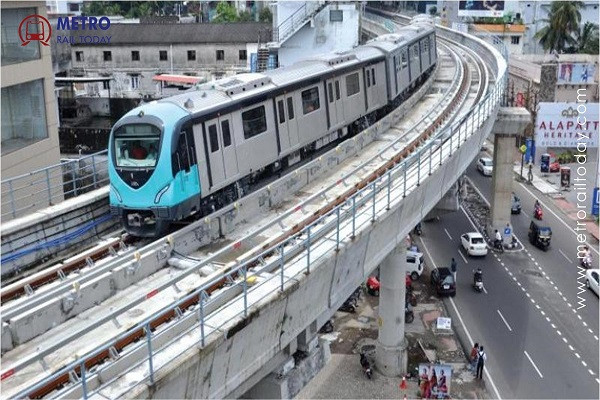 I-Metro calls for collaborative efforts to strengthen India’s Urban Rail Network
I-Metro calls for collaborative efforts to strengthen India’s Urban Rail Network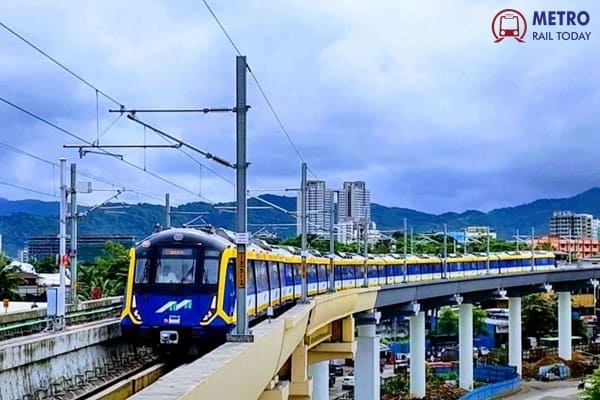 India Emerges as the World’s 3rd Largest Metro Rail Network
India Emerges as the World’s 3rd Largest Metro Rail Network
Namo Bharat: Driving India’s Transit Revolution with Sustainability and Seamless Connectivity

In an exclusive conversation with Metro Rail Today, Shri Shalabh Goel, Managing Director of the National Capital Region Transport Corporation (NCRTC), shared detailed insights into how the Namo Bharat project is reshaping mobility, spurring economic development, and redefining the future of sustainable urban transport in India.
With 55 km of the 82-km Delhi–Ghaziabad–Meerut Regional Rapid Transit System (RRTS) already operational, the project has begun to deliver on its promise of transforming the National Capital Region (NCR) into a seamlessly connected, green, and economically vibrant zone.
Regional Growth Through Transit-Led Development
“The Namo Bharat corridor was conceptualised to address the challenges of imbalanced development across NCR,” said Shri Goel. “With the commissioning of the 55-km operational section, we are already witnessing transformation.”
The impact of the corridor is evident across Ghaziabad and Meerut, where real estate growth, new township developments, and institutional projects are accelerating. These areas are becoming magnets for investors and developers, aided by Transit-Oriented Development (TOD) principles that encourage compact, walkable, and mixed-use neighbourhoods around stations.
Meerut has earmarked over 3,200 hectares under TOD in its 2031 Master Plan, while Ghaziabad has rolled out a GIS-based Integrated Master Plan 2031, expanding its development area to more than 32,000 hectares.
“The corridor is acting as a catalyst for structured urbanisation. Professionals are moving back to their hometowns, industries are finding faster access to NCR markets, and logistics efficiency has improved remarkably,” Goel noted.
As the full corridor nears completion, NCRTC expects massive socio-economic dividends — from increased employment and housing opportunities to reduced congestion and carbon footprint across the NCR.
Sustainability at the Core of Namo Bharat
From design to daily operation, sustainability has been woven into the DNA of Namo Bharat. The system runs entirely on electric traction, and trains are equipped with regenerative braking technology that returns up to 30% of energy back to the grid.
“Namo Bharat was envisioned as one of the greenest public transport systems in India,” explained Goel. “We are aligning every aspect of our operations with India’s National Solar Mission.”
NCRTC has already commissioned 4.7 MW of solar capacity, with a goal of 15 MWp solar generation from rooftop panels at stations and depots. The stations are equipped with rainwater harvesting systems, while depots include recharge pits to aid groundwater replenishment.
The commitment to green building standards has been recognised widely — several Namo Bharat stations including Sahibabad, Ghaziabad, Guldhar, and Duhai have received the Platinum Rating from the Indian Green Building Council (IGBC). Furthermore, Sahibabad and Guldhar have become the first Net Zero Energy (Operations) stations in India.
Seamless Multi-Modal Integration: A Key to Commuter Shift
According to Shri Goel, a seamless travel experience is critical for encouraging people to shift from private vehicles to public transport. NCRTC has therefore made Multi-Modal Integration (MMI) a cornerstone of the project.
“The success of any public transport system depends on people’s willingness to choose it over private vehicles,” Goel said. “That’s why we are integrating Namo Bharat with bus terminals, metro systems, airports, and railway stations to make interchanges effortless.”
The Namo Bharat stations have been designed for universal accessibility, with lifts, escalators, foot-over bridges, underpasses, and travelators ensuring comfort for all passengers. This MMI approach aligns closely with the Prime Minister’s Gati Shakti Masterplan, creating a unified mobility grid across the NCR.
NCRTC’s long-term plan includes eight RRTS corridors, with three prioritized under Phase-I:
-
Delhi–Ghaziabad–Meerut (82 km) – already operational,
-
Delhi–Gurugram–SNB–Alwar, and
-
Delhi–Panipat–Karnal.
All three corridors will converge at Sarai Kale Khan, offering full interoperability — allowing passengers to travel seamlessly across corridors without changing trains.
India’s First Combined Regional Rail and Metro System
A highlight of the Namo Bharat initiative is the integration of regional rail and metro services on shared infrastructure in Meerut — a first-of-its-kind innovation in India.
“For the people of Meerut, this means the arrival of the city’s first metro,” said Goel. “A 23-km intra-city corridor with 13 stations will operate alongside the Namo Bharat services, connecting seamlessly with the regional network.”
While the Namo Bharat trains operate at 160 kmph, the Meerut Metro runs at 120 kmph, making it the fastest metro service in India. Both services will share stations such as Meerut South, Shatabdi Nagar, Begumpul, and Modipuram, where passengers can interchange effortlessly — all with a single ticket.
“This integration offers commuters a high-frequency, reliable, and modern experience. It is designed for convenience, efficiency, and sustainability — hallmarks of the Namo Bharat system,” Goel emphasised.
Building Ridership, Trust, and Long-Term Value
The Namo Bharat corridor has witnessed a steady rise in ridership since operations began — a testament to growing public trust in the system. NCRTC’s focus remains on enhancing commuter experience and integrating Namo Bharat into daily life.
“Our goal is not just higher footfall, but a sustained shift towards public transport,” Goel said. “We’re achieving this by offering speed, safety, comfort, and seamless connectivity.”
Efforts are underway to strengthen first- and last-mile connectivity through electric buses, auto-rickshaws, and feeder services, complemented by digital ticketing, retail spaces, and passenger-friendly station designs.
As the network expands and new corridors become operational, NCRTC envisions a future where the Namo Bharat system becomes the preferred mode of travel across the NCR, driving not just mobility but also regional prosperity.
Conclusion: Paving the Path for a Sustainable, Connected Future
The Namo Bharat project is not just a transport system — it is a nation-building initiative, transforming how India’s most populous urban region moves, works, and lives. By integrating sustainability, technology, and planning excellence, NCRTC under the leadership of Shri Shalabh Goel is setting new benchmarks for modern mobility in India.
“The future of urban mobility lies in integration, innovation, and sustainability — and Namo Bharat is leading that future,” Goel concluded.
